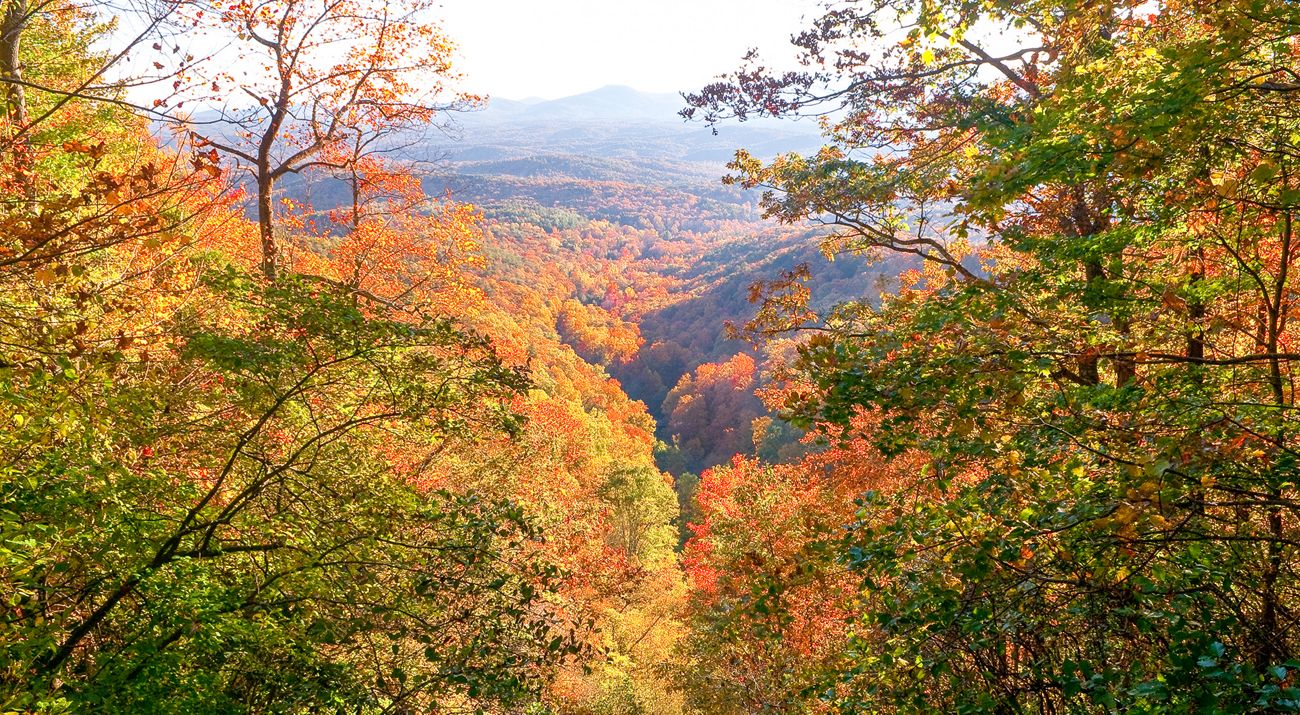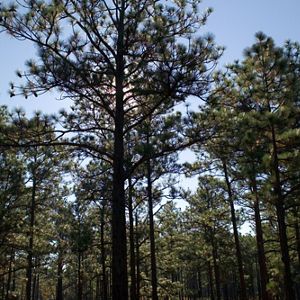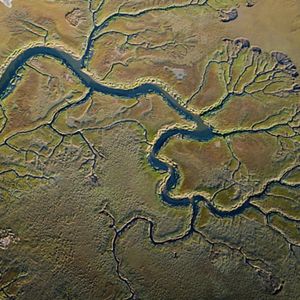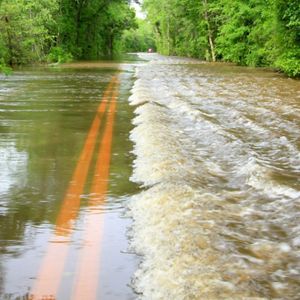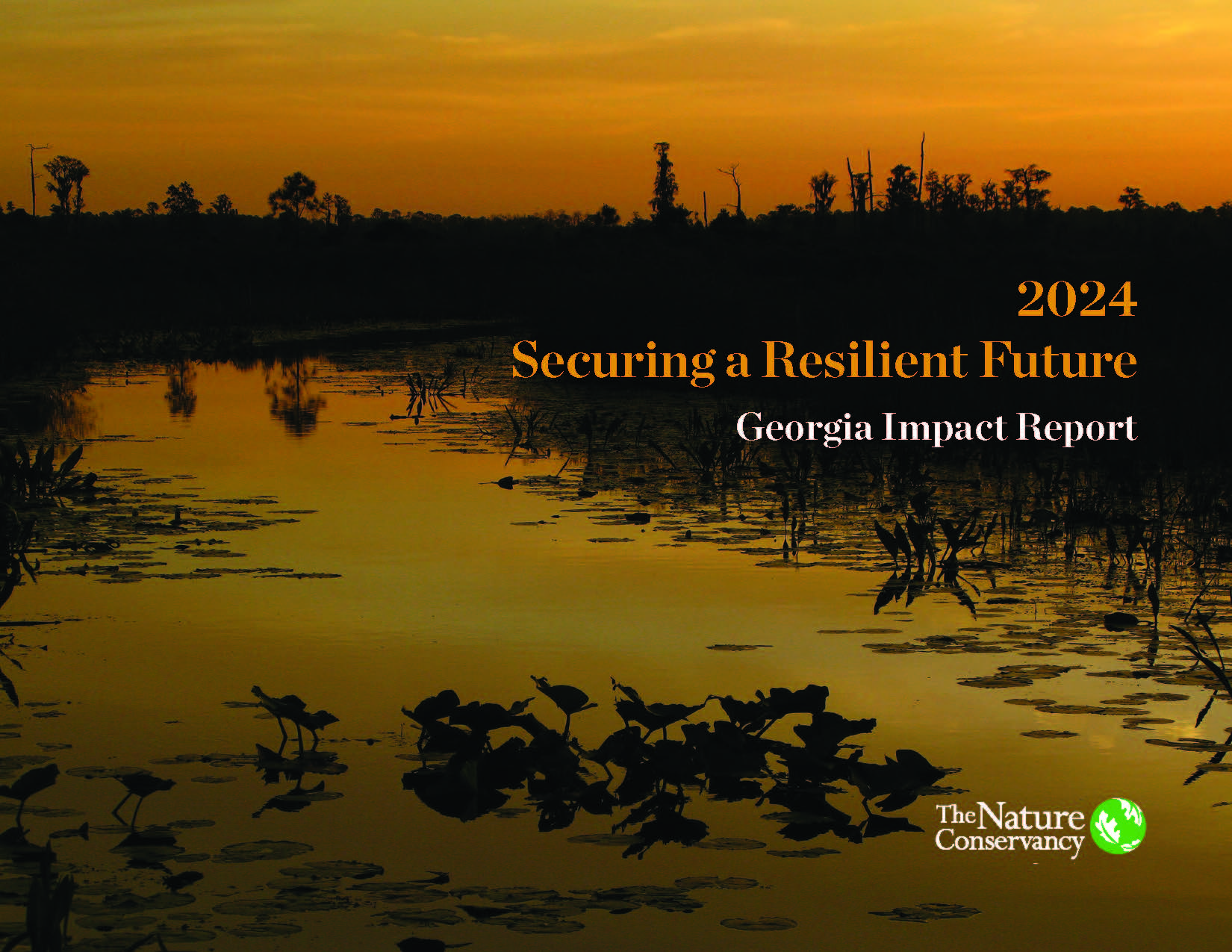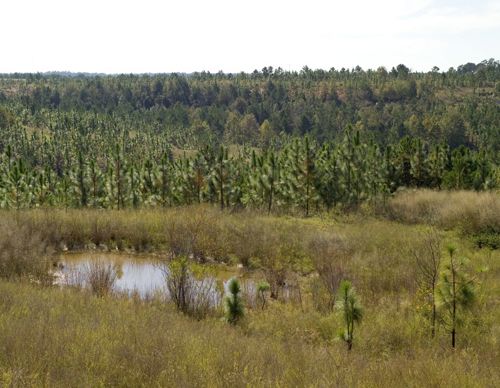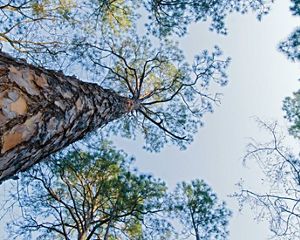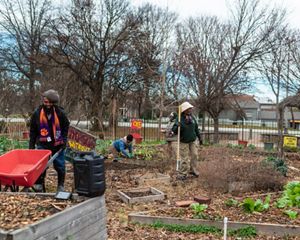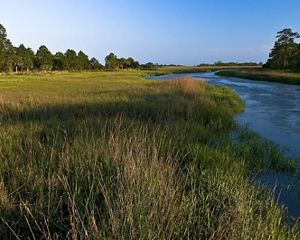Make a Difference in Georgia
TNC is a big organization with a big vision. We work in the most critical places so that we can have a lasting impact. Nowhere is that more true than right here in Georgia. For decades, committed supporters like you have helped us protect more than 400,000 acres, safeguard the rivers that traverse our state, and care for our envied coast.
Policy Efforts in Georgia
Did you know The Nature Conservancy partners with lawmakers, landowners, and the community to conserve Georgia's natural resources and to deepen the connection between communities and the environment?
Download
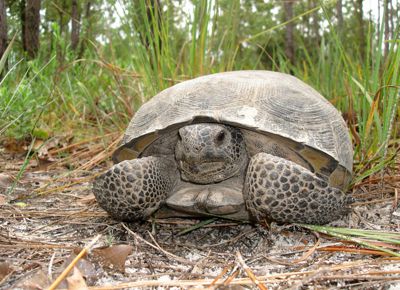
See the Places We Protect in Your Community
With help from many supporters, we have protected more than 338,000 acres in Georgia, while also safeguarding the state’s rivers and coast.
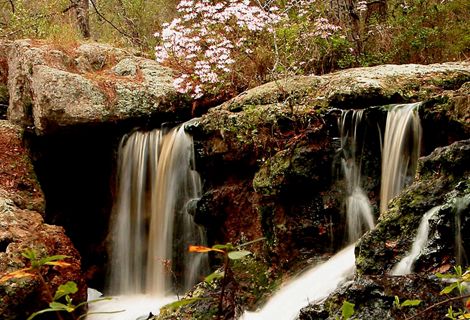
Broxton Rocks Preserve
A roaring waterfall rushing over rock ledges, cave-like crevices and 30-foot-high cliffs aren’t what normally come to mind when you think about Georgia’s coastal plain, but Broxton Rocks Preserve is unique.
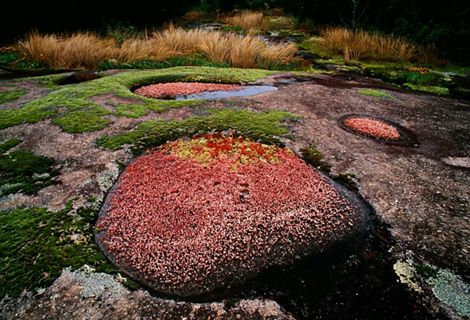
Heggie’s Rock
Heggie’s Rock Preserve spans some 101 acres in Columbia County, about 20 miles from Augusta in eastern Georgia. With a perimeter of oaks, pines and hickories, it is one of the finest remaining examples of a Piedmont flat rock outcrop in the U.S.
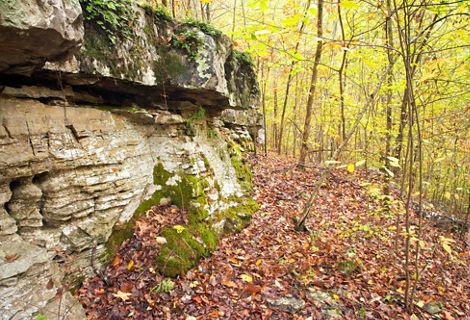
Blacks Bluff
A steep mountainous outcrop of 500-million-year-old Conasauga limestone creates the perfect place for unique plants to thrive.
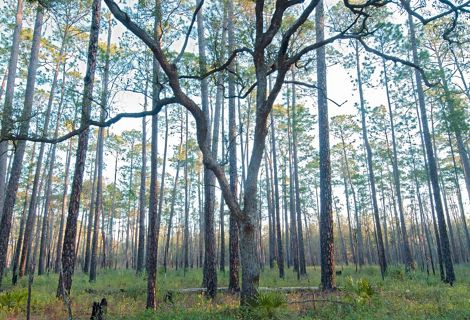
Moody Forest Natural Area
At Moody Forest you will see old-growth longleaf and slash pines rise to guard the misty waters of the Altamaha River as it carves through cypress and tupelo swamps.
We Can’t Save Nature Without You
Sign up to receive monthly conservation news and updates from Georgia. Get a preview of Georgia’s Nature News email.
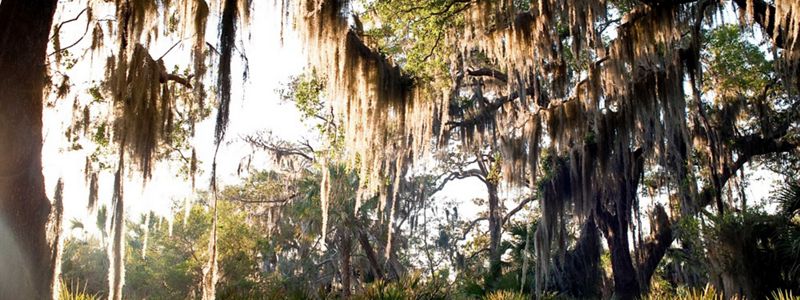
Take Action. Across Georgia. For Nature.
Be part of the solution and stand up for our natural world. Help protect Georgia’s lands and waters by making a gift for conservation today.
